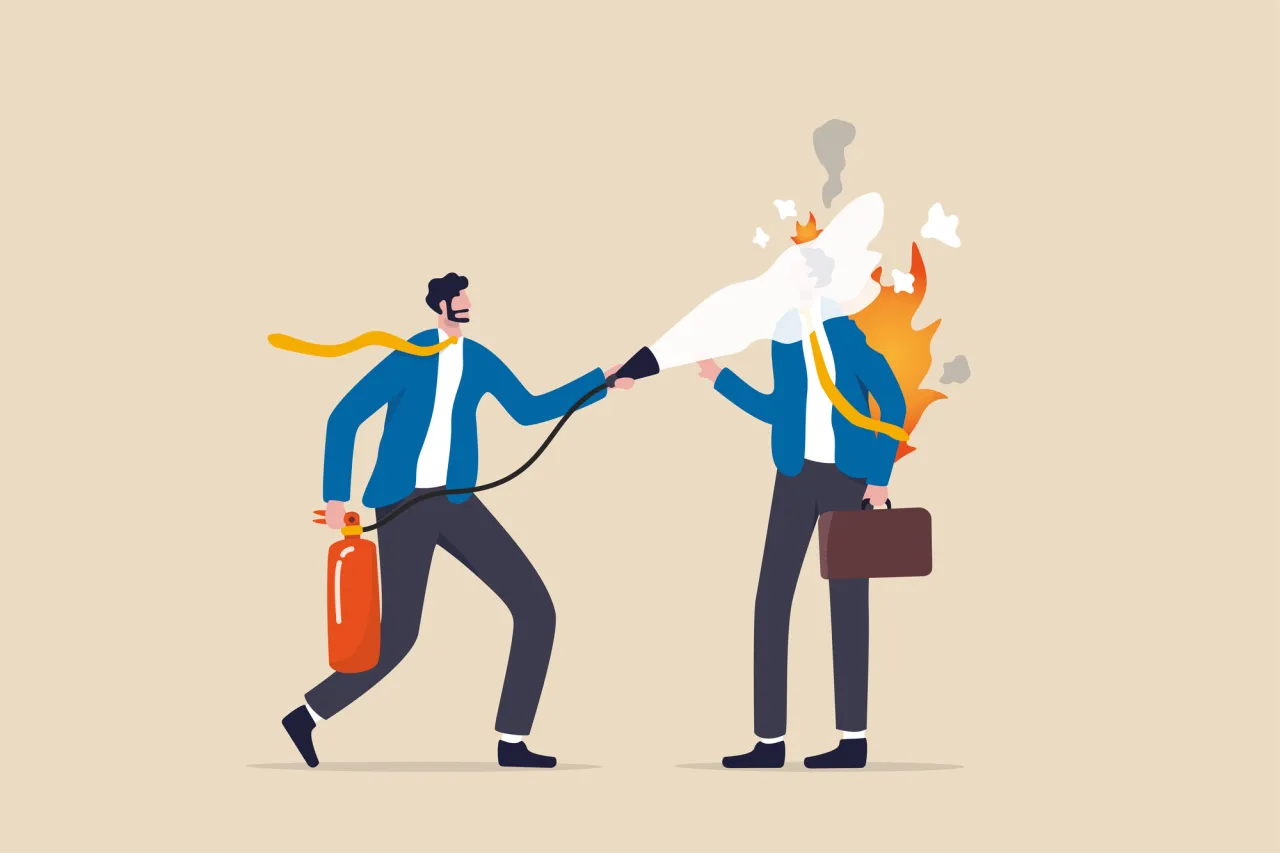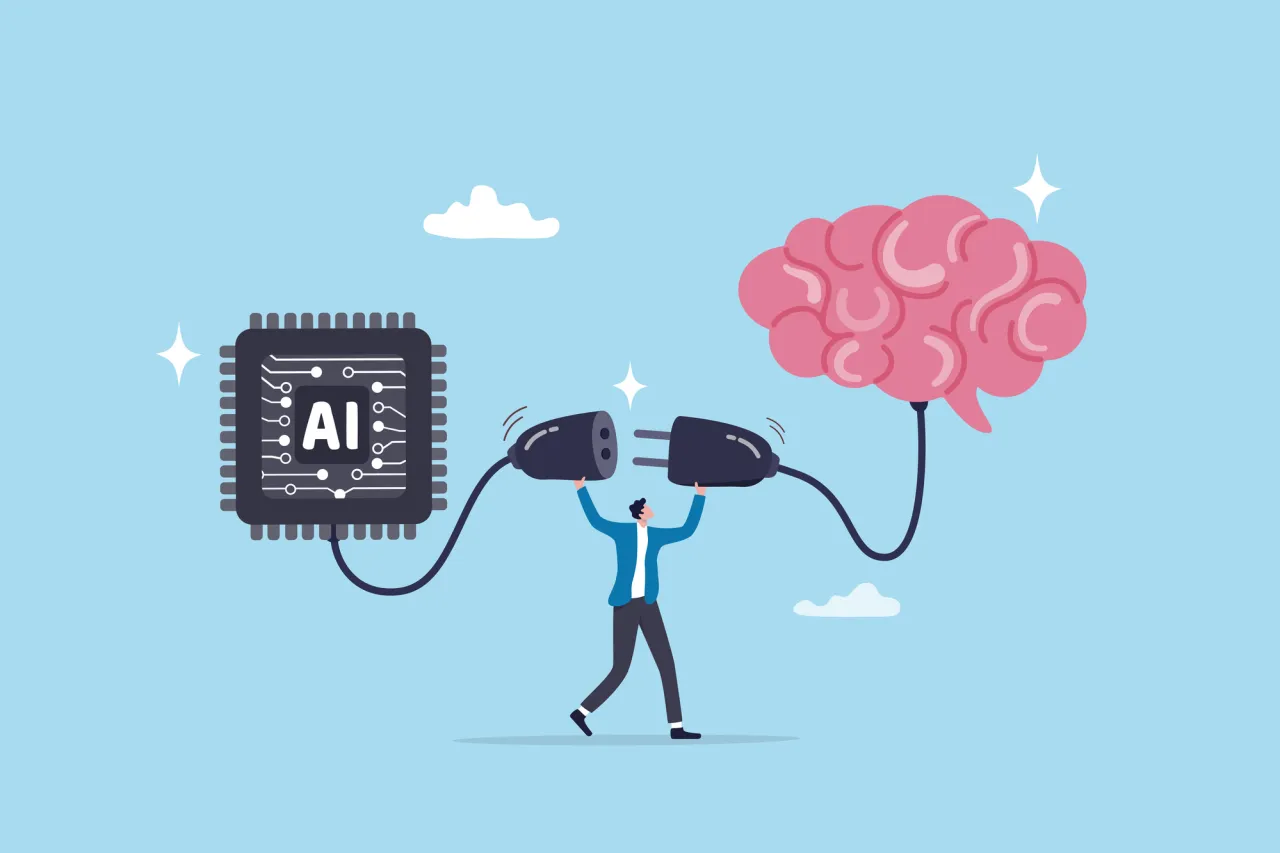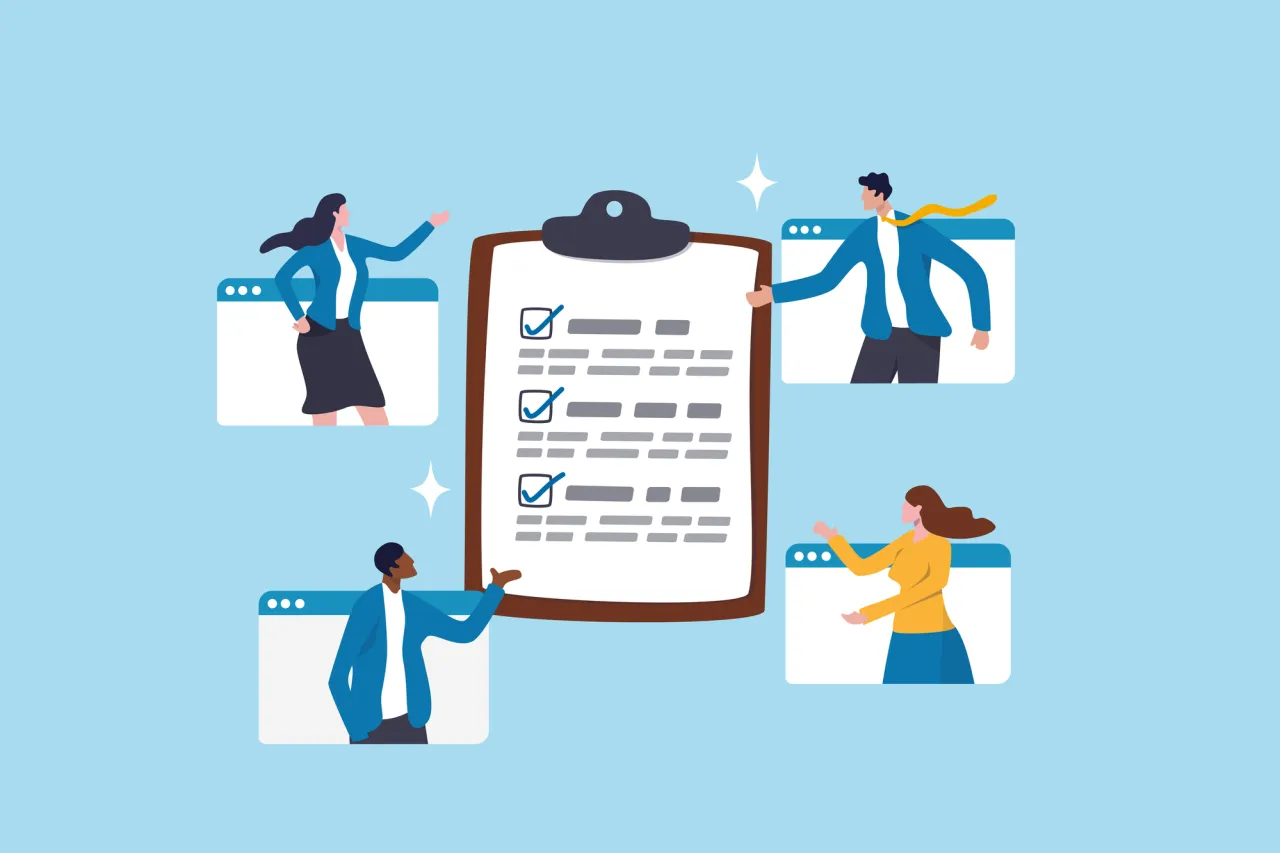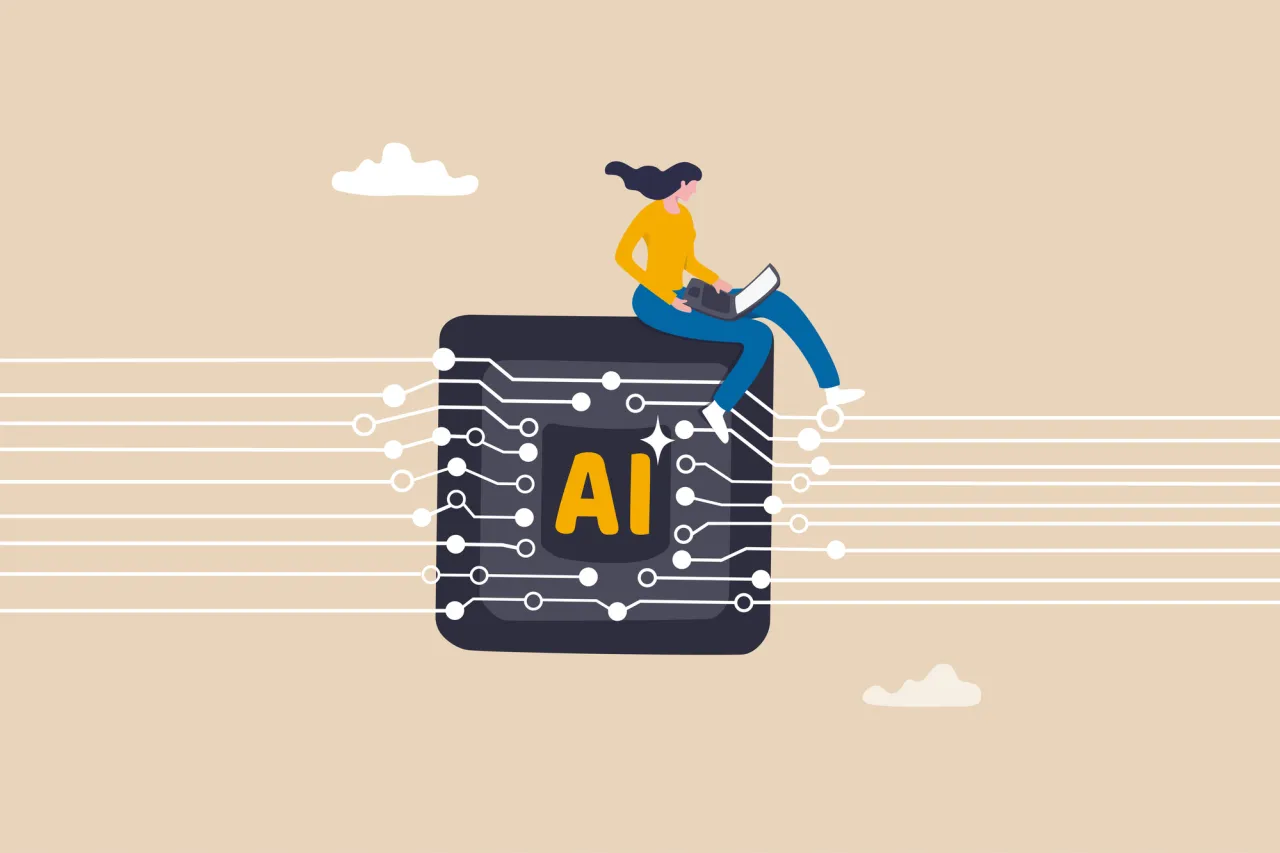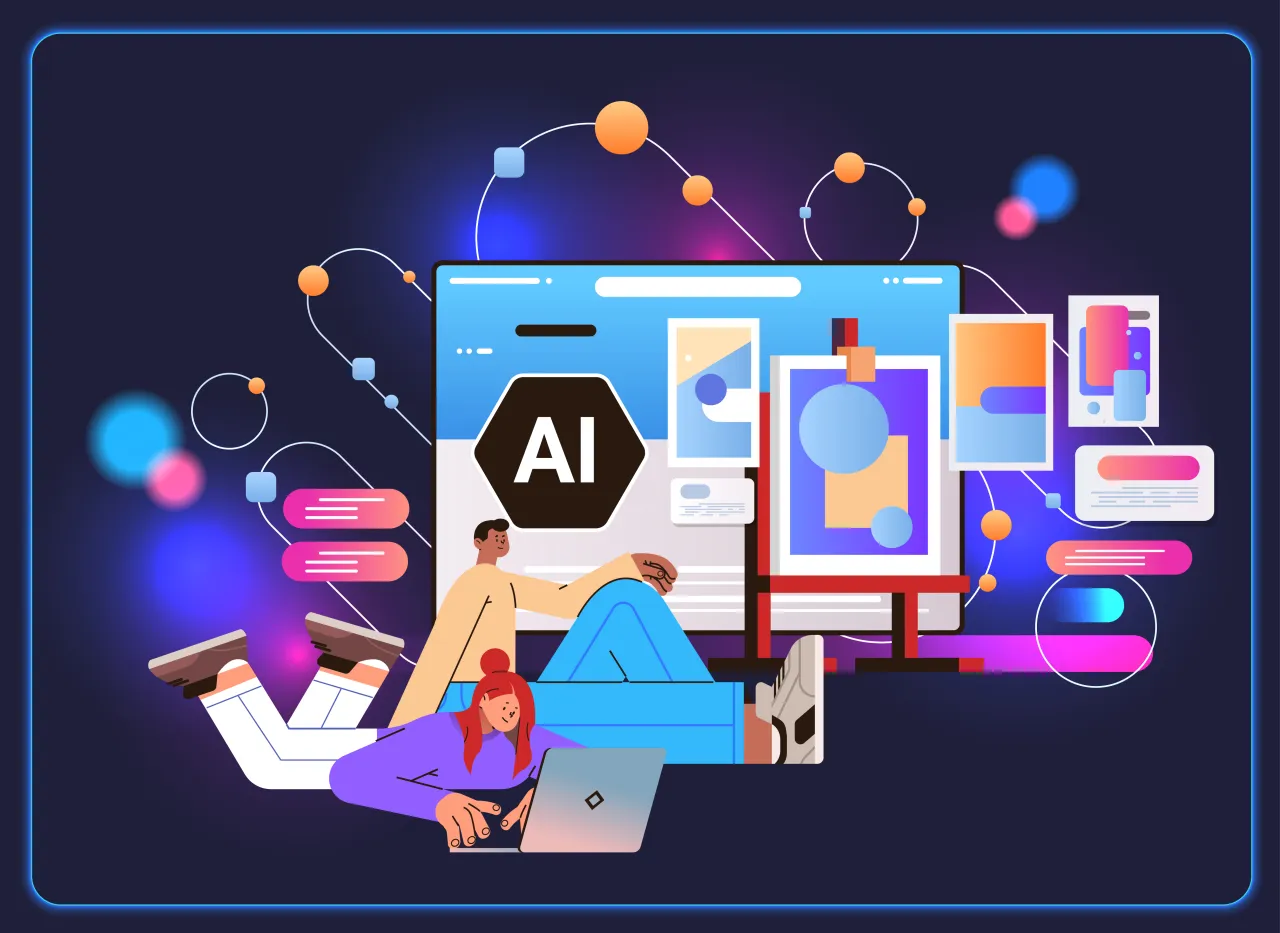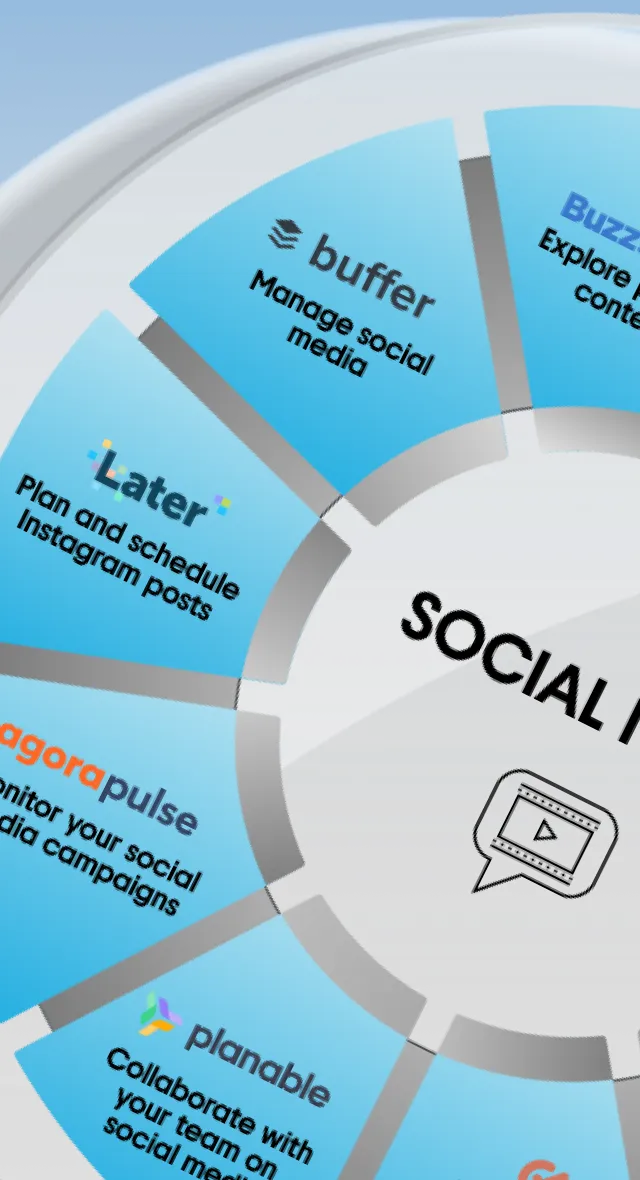How Leaders Can Manage and Navigate AI Fatigue
What is AI fatigue? This unofficial term is often used to describe the negative emotional states of people forced to use AI tools in their work routines. AI fatigue can be recognized by team members’ lack of motivation after they were introduced to future changes in their work responsibilities associated with AI. Thus, overcoming fatigue of this kind became a real challenge for team leaders and managers who wanted to leverage AI-powered innovations and make their companies more competitive.
AI fatigue is rapidly becoming a widespread phenomenon. 75% of modern workers globally already claim they lack confidence in their ability to effectively use AI in their work, which makes them anxious and uncertain about their professional prospects. To help you avoid setting unrealistic expectations for AI-driven workflow changes and support your team in new tool adoption, we crafted this article full of tips and insights.
Your AI strategy isn’t working as expected? Acknowledge change fatigue
To manage AI fatigue, you need to understand what causes it. Typically, the technology is not to blame. Some team members or your company as a whole could be experiencing this problem due to a lack of resources for getting into a new toolset, as well as difficulties in understanding how they can benefit from the new technology. As a result, each second senior business leader admits that they are skeptical about further AI adoption. Although younger generations are often more enthusiastic about new technologies and need less time to learn how to apply them at work, they also have their limits.
There are three main reasons why your AI strategy may not work as expected—all connected to change fatigue inside your team:
#1 Teams are exhausted by ongoing changes
Technology is evolving fast, so new, revolutionary tools appear almost monthly. While business leaders see opportunities to reduce expenses and improve services, their employees are often not so excited about the need to change their routines and spend extra time learning new tools.
#2 Unrealistic expectations are being set
For team members who have not dealt with AI before, the new technology might seem like a key to resolving all their issues connected to productivity, quality, or creativity. However, to achieve this, one needs to understand what they need and how to apply AI-powered tools correctly.
Let’s take AI Image Generator and AI Art Generator by Depositphotos. These tools save content production time by turning text prompts into unique, licensed pictures. At the same time, you have to craft a detailed description of what you need to get an image that fits your concept.
#3 Your teammates lack understanding of how AI works
You can’t expect that your entire team is AI tech-aware and understands the essence of the technology. For some, it can seem mysterious or even dangerous—just think of how many times you’ve heard about “AI stealing jobs” last year. There are numerous myths around AI, some of which we address in our article on 7 Common Misconceptions about AI-generated Images.
At the same time, AI has more complicated decision-making processes than classic computer programs, and interacting with some generative tools may cause confusion and annoyance.
More on the thoughtful usage of AI-powered technologies: 20+ AI Startup Ideas and Tips to Start a Business In 2025.
Manage AI fatigue—start with the problem, not the technology
Against economic crises, the global labor market is becoming increasingly competitive, and people are uncertain about their future. Employees experience difficulties in embracing changes inside their companies. According to Forbes, only 43% of employees are willing to do so nowadays. For comparison, in 2016, there were over 74% of them.
In 2025, change management will become a real challenge for owners and team leaders. On the one hand, employees will feel overwhelmed because they’ll be pushed to learn new work methods and AI tools while being as or more productive than usual. On the other hand, business leaders will struggle with balancing AI-powered innovation against operational stability. In turn, this situation will create tension on both sides.
To manage resources and workforce innovatively, the best AI strategy you can take is to start with identifying specific goals and problems you want to solve with AI tools. In this case, you can reduce the unnecessary complexity of numerous tool implementations and focus on searching for those that can resolve your issues with the highest probability. For example, if your marketing is heavily based on social media activities and the most time-consuming content creation stage is creating collages, offer your designers or social media managers the automated Background Remover by Depositphotos.
Another tip is to communicate why you’re asking your team to use a specific AI-powered tool and how all of you can benefit from this change. Support them with advice and give them enough time to learn how tools work— feedback loops and experience exchange can help a lot here.
Explore more business insights related to AI here—What Is AI Analytics and How Does It Fuel Smarter Business Decisions?
Embrace strategic consumption by applying change management
If AI fatigue has already occurred in your work team, there are also several ways to address this effectively. Strategic consumption is one of the principles you should add to your leadership philosophy. How can you do so? Start by learning your team’s capacity for change in terms of AI tool usage. Then, work on a list of challenges your employees face and take several steps back to help them approach AI tool adoption gradually, effectively, and without stress.
Your priority should be dividing significant changes into stages, each focusing on concrete issues and AI-driven solutions. For example, to avoid AI burnout caused by a new design workflow where members need to generate images from text prompts instead of manually adjusting stock pictures in graphic editors, start at a smaller scaler. Ask your team members to try a new tool for only social media images once per week—that will help them build confidence and comfortably learn the new tool.
Employee well-being can also be improved if you give them enough time, study materials, and resources to explore AI-powered tools and then ask them for feedback. Make it clear that your team’s opinion is critical for the company and that you are willing to listen to their ideas on integrating AI effectively in the corporate workflow. Discover our AI creativity case study to learn what you can achieve by giving your team enough time and freedom in using AI—How Fuckup Nights Limassol Use Generative Tools to Craft Memorable Experiences.
A culture of agility: Reach higher employee wellbeing while being flexible & innovative
Being innovative also means staying flexible about your team’s needs and not being blind to their concerns. If you need your employees to embrace significant change in their workflow or workload without them becoming stressed, anxious, and overwhelmed, we recommend that you embed the culture of agility and empathy into your leadership strategy.
To avoid AI fatigue in your company, prioritize transparent and friendly communication inside your team. Keep in mind that employees who feel free about sharing their concerns and difficulties are more likely to be motivated and loyal to your company. Introduce your new AI strategy at a general meeting, and let your team members ask you questions and share their opinions—positive or negative. To help your team stay optimistic about future changes, accentuate mundane task reduction and the creative freedom they will get while using AI.
An agile culture will also be helpful for you at later stages of AI tool adoption. In particular, you can co-create or adjust your AI strategy and encourage experimentation among your team members. How? By giving them more time for new tool testing and less detailed instructions on what they can do with AI. Let them learn how to use it from their creative experiments.
At later stages of technology adoption, set realistic expectations about AI usage and ensure your team feels valued and supported—even if everything doesn’t go exactly as planned. A balanced leadership approach focused on people’s well-being is key to avoiding and overcoming fatigue.
Need more tips? Find them here—The Art of Project Management: How to Handle 6 Key Constraints.
Wrapping up. How can your team avoid AI burnout in 2025?
So, what is the most effective way to manage AI fatigue? First, consider how you can align technological progress with your business goals and focus on issues that can be resolved with AI-powered tools. Second, changes to your current business or organizational flow should be introduced transparently and gradually.
Explain what goals your company wants to achieve and how AI tools can benefit your team. Then, set timelines for change and provide your team members with clear guidelines and other study materials. Finally, don’t forget to conduct feedback sessions and explore whether your new AI strategy meets your business expectations.
Remember that your team will only be motivated and fulfilled if you treat them with respect and care. So, regardless of the results of your first experiments with AI, check in with your team often and collect insights to improve your business together.
Improve your AI strategy:
The Role of Artificial Intelligence in Business in 2025
“Job-Stealer” or “Co-Creator”? 5 Ways to Improve Design Quality with AI Safely
